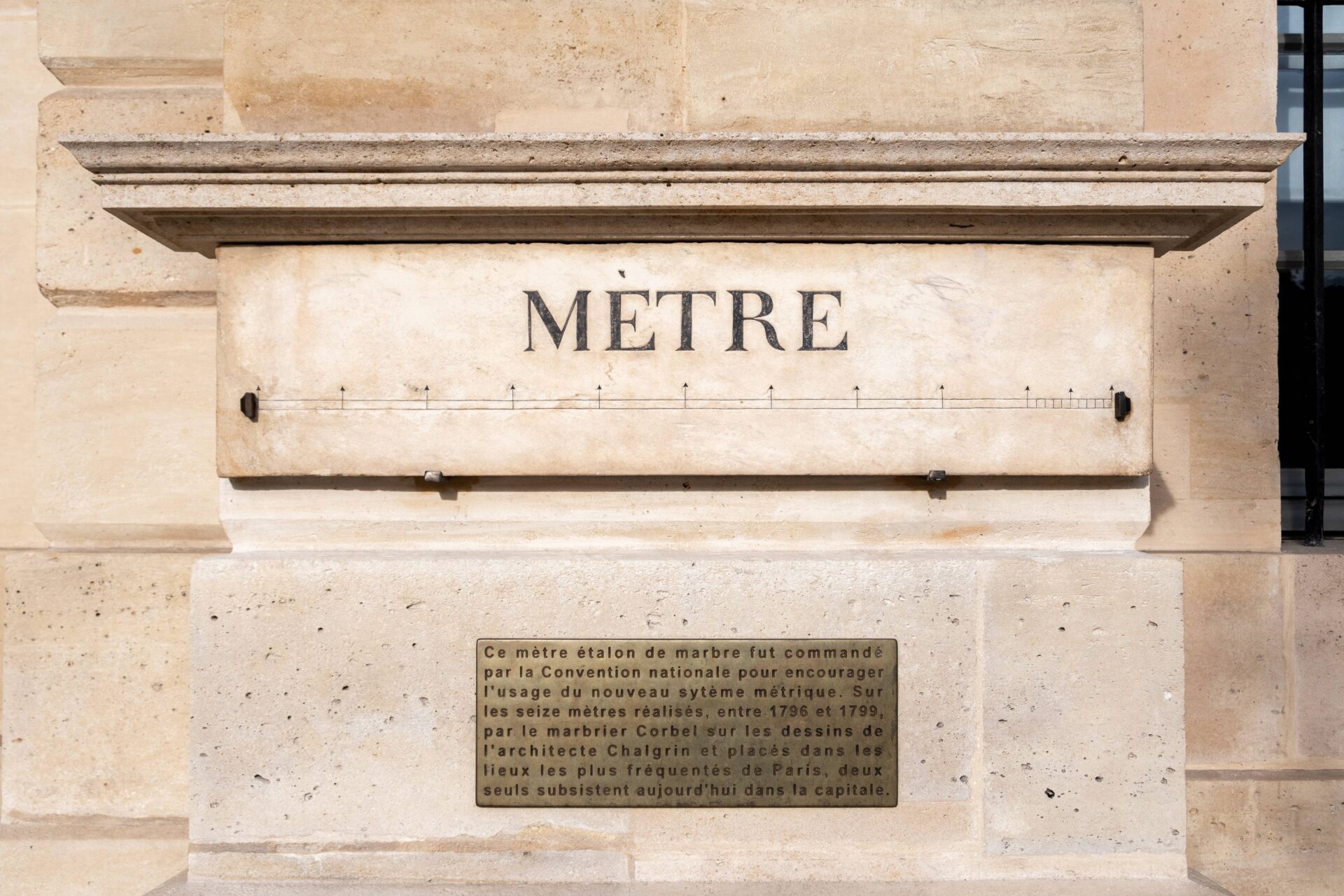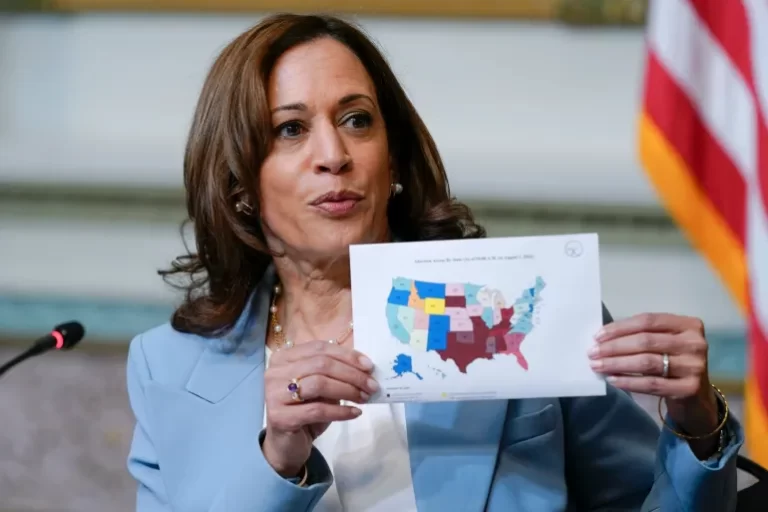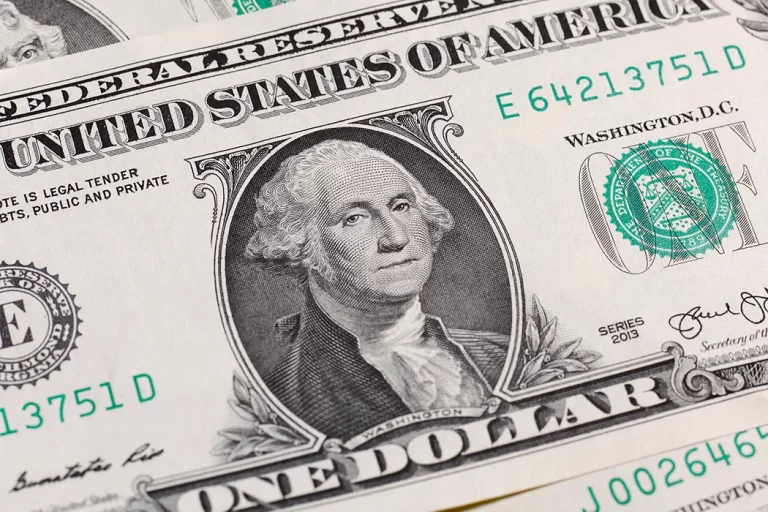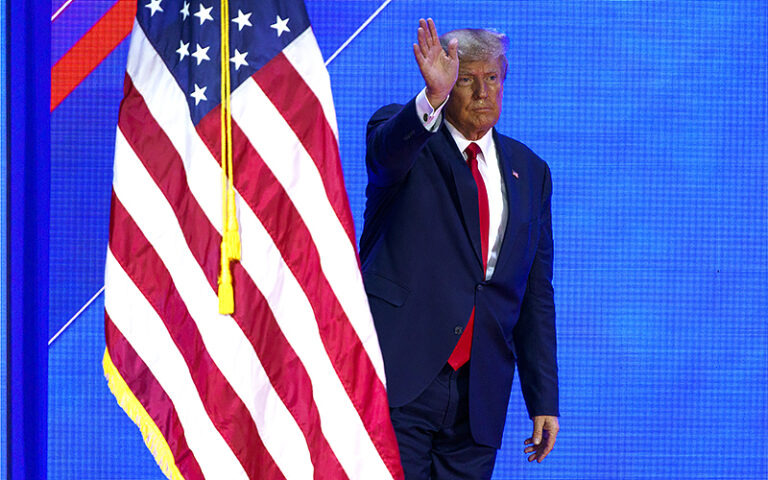Jefferson wanted something new, more rational, and he was not alone. In the first ever State of the Union address in 1790, George Washington observed: “Uniformity in the Currency, Weights and Measures of the United States is an object of great importance, and will, I am persuaded, be duly attended to.”
America was a new country, and owed a large part of the success of the Revolutionary War to France, in particular the French navy. The two countries were close, and the metric system appealed to Jefferson’s mindset, and to many in the new nation.
And this desire for change wasn’t just limited to weights and measures. Also in 1793, Alexander Hamilton hired Noah Webster, who as a lexicographer and ardent revolutionary wanted America to cast off the remnants of the old colonial power. Webster wrote a dictionary, current versions of which can be found in almost every classroom in the US.
And then politics and Napoleon happened
Jefferson asked the French for other samples including a copper meter and a copy of the kilogram, which was sent in 1775, but by then things had changed somewhat since he was no longer running the show. On January 2, 1794, he was replaced as US Secretary of State by fellow Founding Father Edmund Randolph, who was much less keen on the government getting involved in such things.
To make matters worse, relations between America and France were deteriorating sharply. The French government felt that the newly formed nation wasn’t being supportive enough in helping Gallic forces fight the British in the largely European War of the First Coalition. In something of a hissy fit, the French government declined to invite representatives from the US to the international gathering at Paris in 1798-99 that set the initial standards for the metric system.
Jefferson’s plans were kicked into committee and while a form of standardization based on pounds and ounces was approved by the House, the Senate declined to rule on the matter.
Not that it mattered much longer. In 1812, Napoleon effectively abolished the enforcement of the metric system in France. Napoleon was known as Le Petit Caporal, with multiple reports he was five foot two. As we know now, he was around average height for the time.
After the French dictator was defeated, the case for the metric system in France sank into near-limbo at first, as it did in the US. But it gradually spread across Europe because you can’t keep a good idea down and science and industrialization were demanding it.
Welcome to the rational world
What has kept the metric system going is its inherent rationality. Rather than use a hodgepodge of local systems, why not build one based on measurements everyone could agree on configured around the number 10, which neatly matches the number of digits on most people’s hands?
Above all it’s universal, a gram means a gram in any culture. Meanwhile, buy a pint in the UK and you’ll get 20oz of beer, do the same in America and, depending where you are, you’ll likely get 16oz – a fact that still shocks British drinkers. The differences are also there with tons, and the odd concept of stones as a weight measurement.
Metric is by no means perfect. For example, in the initial French system, a gram, or grave as it was initially known, was the mass of one cubic centimeter of water. A meter was a 10 millionth of the distance between the pole and the equator – although the French weren’t exactly sure how far that was at the time.
Since then the system has been revised a lot with discoveries of more natural constants. For example, a meter is now 1/299,792,458 of the distance light travels at during a second. As of 1967, the second itself has been defined as “the duration of 9,192,631,770 periods of the radiation corresponding to the transition between the two hyperfine levels of the ground state of the caesium-133 atom,” but better measurement by atomic clocks may change this.
The chief adherents to the metric system initially were scientists who desperately needed universal sources of measurement to compare notes and replicate experiments without the errors common when converting from one measuring system to another.
This is down to convoluted systems like 12 inches in a foot, three feet in a yard, 1,760 yards in a mile, compared to 100 centimeters in a meter and 1,000 meters to a kilometer. A US pound is 0.453592 kilograms, to six figures at least, these are the kind of numbers that cause mistakes to be made.
Most famously in recent memory was the Mars Climate Orbiter in 1999. The $125 million space probe broke up in the Martian atmosphere after engineers at Lockheed Martin, who built the instrument, used the US Customary System of measurement rather than metric measurements used by others on the project. The probe descended too close to the surface and was lost.
A more down-to-earth example came in 1983 with the Air Canada “Gimli Glider” incident, where pilots of a Boeing 767 underestimated the amount of fuel they needed because the navigational computer was measuring fuel in kilograms rather than pounds. With roughly 2.2 pounds to the kilogram, the aircraft took on less than half the fuel is needed and the engines failed at 41,000 feet (12,500m).
The two pilots were forced to glide the aircraft, containing 69 souls, to an old air force base in Gimli that luckily one of the pilots had served at. It was now being used as a drag strip but thankfully there were only a few minor injuries.
And don’t even get me started on Celsius and Fahrenheit. With Celsius water freezes at 0 degrees and boils at 100 at ground level, compared to 32 and 212 for Fahrenheit. It’s a nonsensical system and the US is now the only nation in the world to use Fahrenheit to measure regular temperatures.
The slow and winding road
Back in 1821, Secretary of State John Quincy Adams reported to Congress on the measurements issue. In his seminal study on the topic he concluded that while a metric system based on natural constants was preferable, the amount of kerfuffle needed to change from the current regime would be highly disruptive and he wasn’t sure Congress had the right to overrule the systems used by individual states.
The disruption would have been large. The vast majority of America’s high value trade was with the UK and Canada, neither of which were metric.
In addition, American and British manufacturers rather liked the old ways. With the existing system, companies manufactured parts to their own specifications, meaning if you wanted spares you had to go buy them from the original manufacturer. This proved highly lucrative.
Source : The Register







